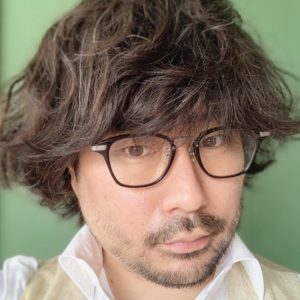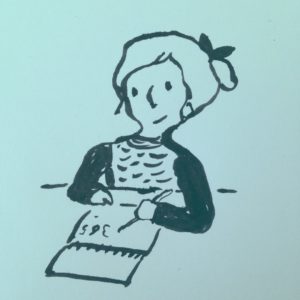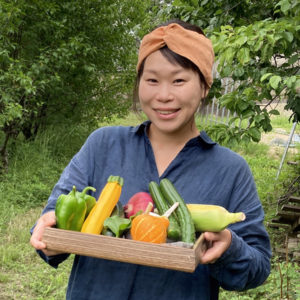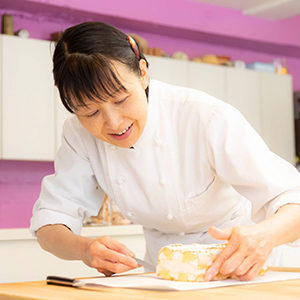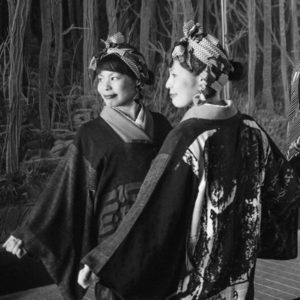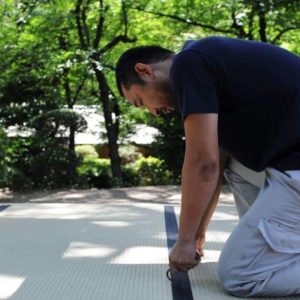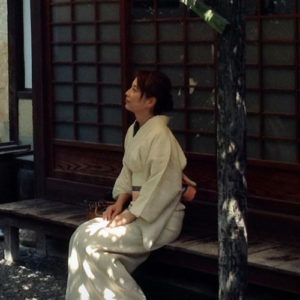和室展覧会 in ベルリン ~UTSUWA(器)プロジェクト@Berlin~ | 人となり | 人となり | となりの人の人となり

和室展覧会 in ベルリン ~UTSUWA(器)プロジェクト@Berlin~
Japanese roomexhibition in Berlin~UTSUWA (Japaneseroom) project in Berlin~.
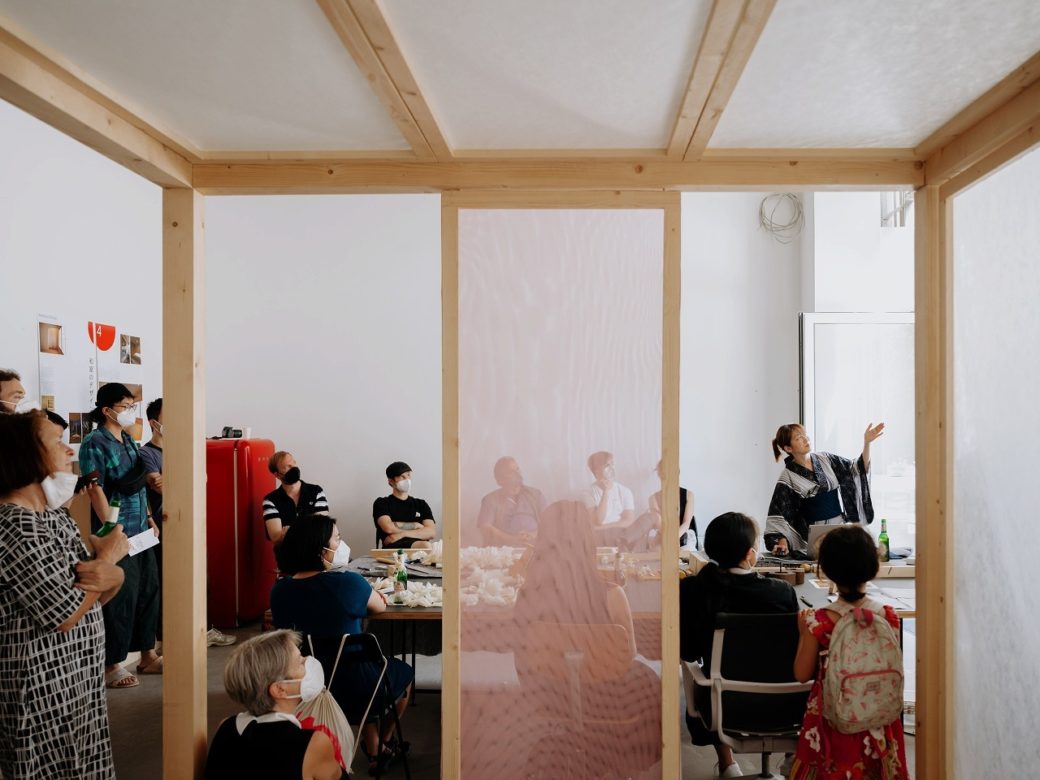
半年ぶりに戻ったBerlin。ドイツの若手建築家と共に展覧会を開催した。
After a six-month, I returned toBerlin to organize an exhibition with young German architects.
Last December, just before I returned to Japan, I talked with Noku about doing an updated version of the exhibition of Japanese-style room models that we did in Hamburg last year. After returning to Japan, we continued to meet once a week and entered the “Tag der Architektur” (Architecture Day), an annual architecture event open to the public. In cooperation with the architectural design office NOKU, we were able to organize a two-day program with a lot of activities, including a Japaneseroom lecture and a workshop every hour, which attracted a lot of people.
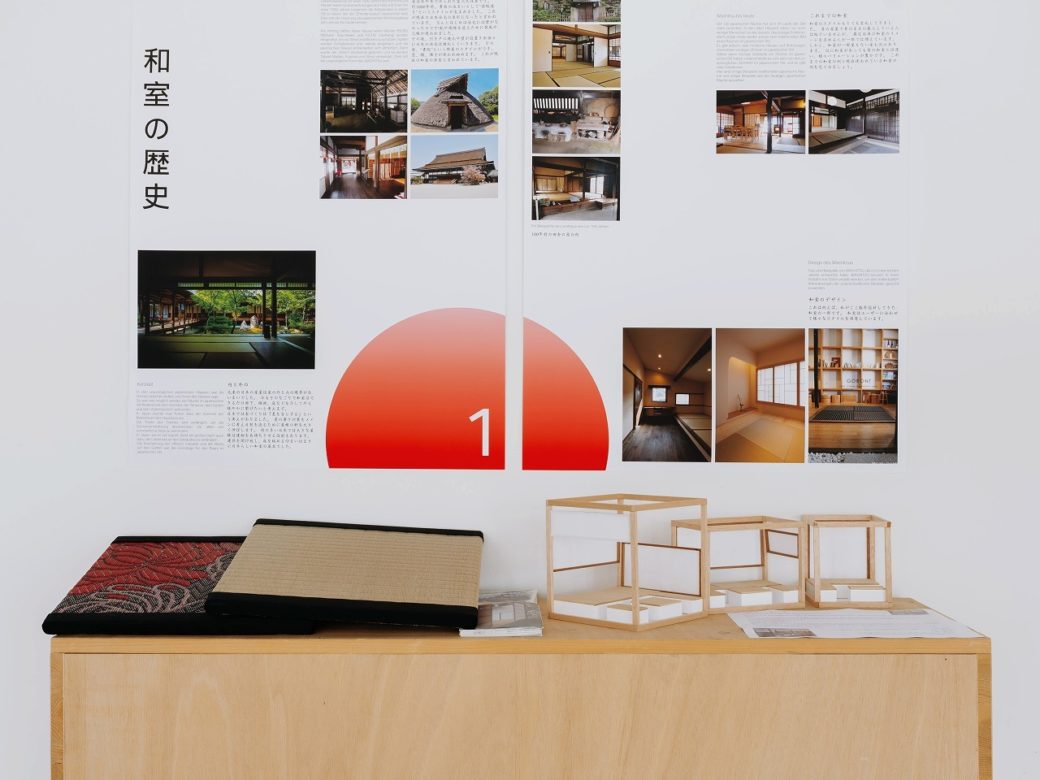
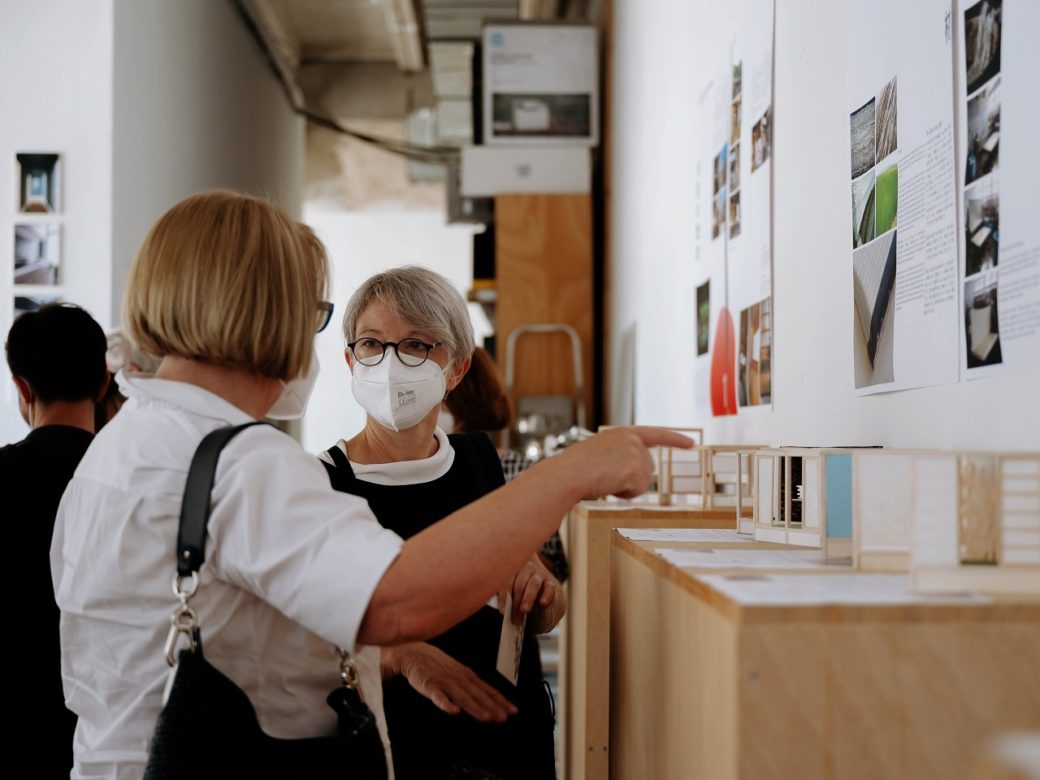
The first was a Japanese room modelexhibition and a Japanese room lecture. Eight different models ofJapanese-style rooms with different concepts and designs were displayed andvisitors were asked to judge whether they liked or disliked them by using redand blue stickers. Surprisingly, many people read the explanations carefully,observed the models carefully and participated in the research on Japanesestyle rooms. In a way, it was interesting to understand the taste of peoplefrom other countries.
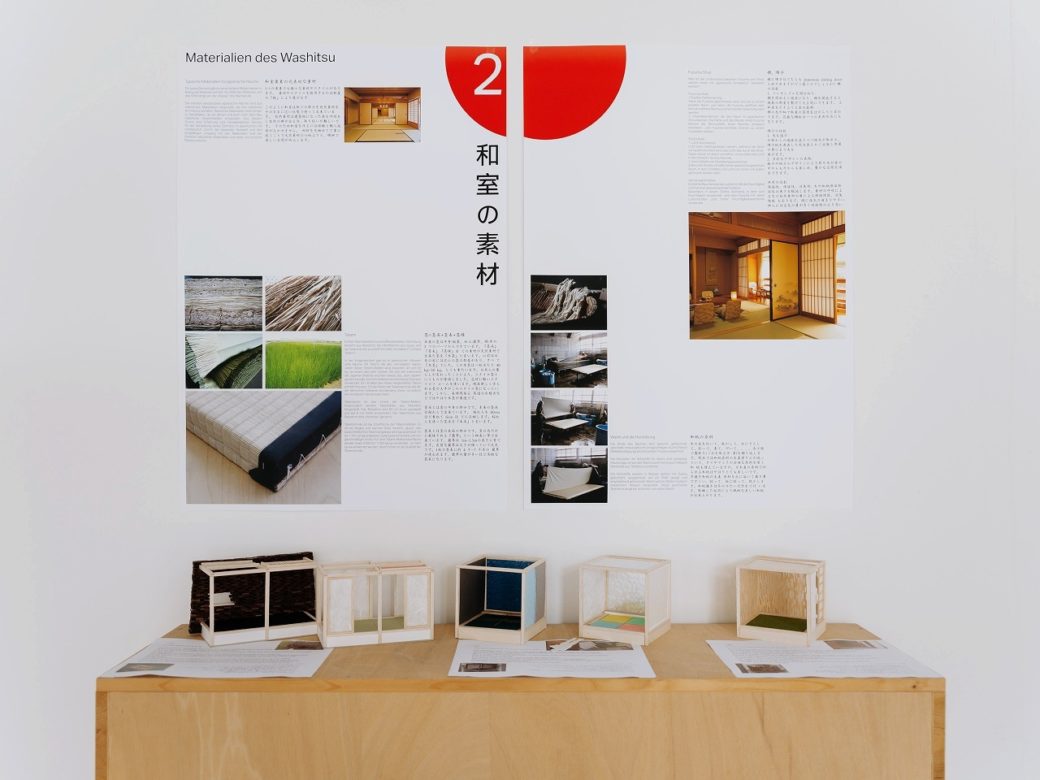
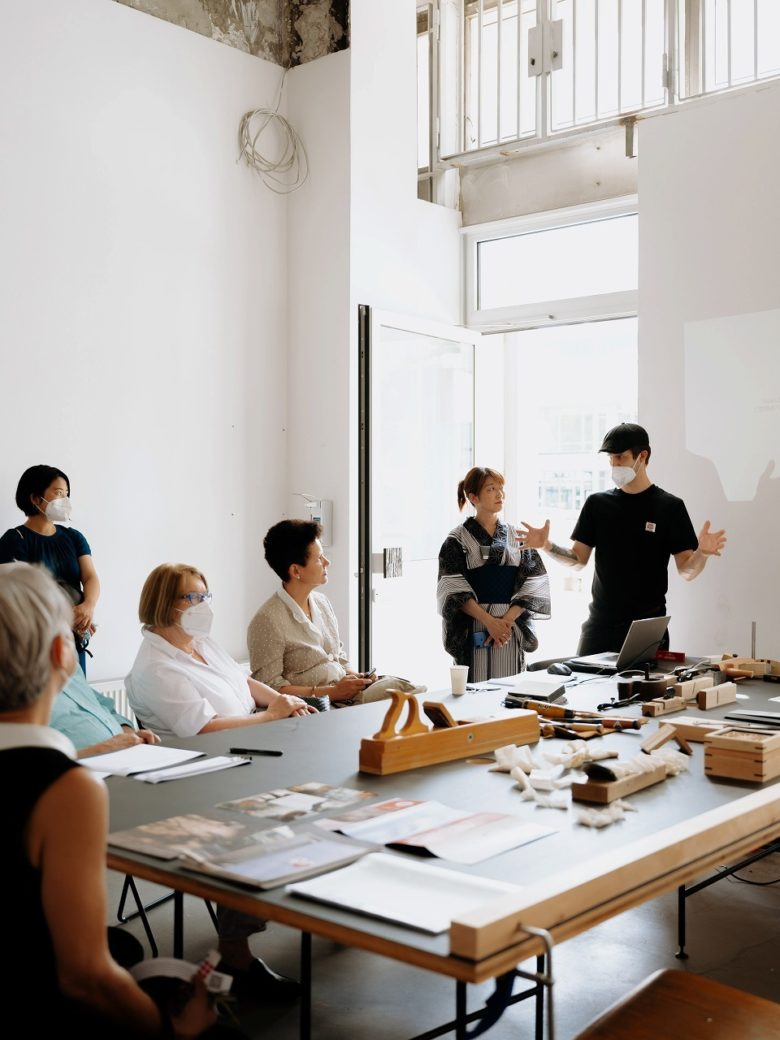
The course was divided into four themes,which were discussed every hour. Despite my faltering German, the audience listened intently to learn more about Japanese rooms. Questions and opinions were exchanged and the 15-minute course turned into an hour-long course before weknew it. We were surprised at the depth of interest in Japan and the Japanesestyle room, but we also realized that there are still few opportunities toobtain information. It was also an opportunity to feel the various possibilities. We hope to continue this course in the future.
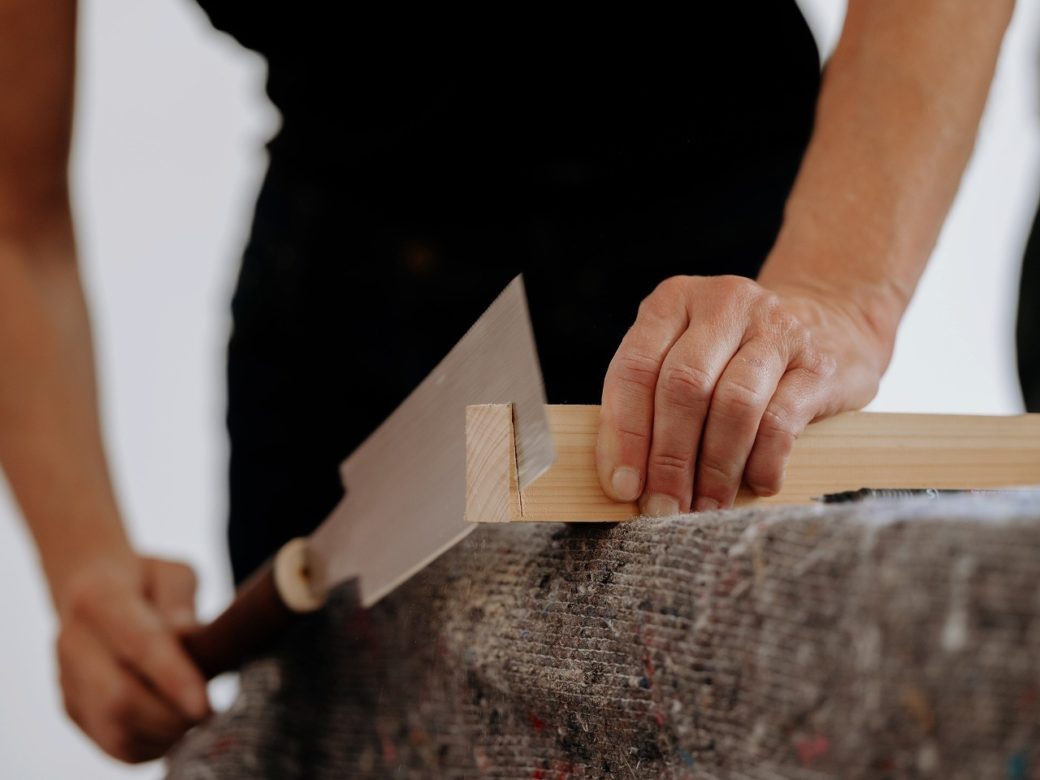

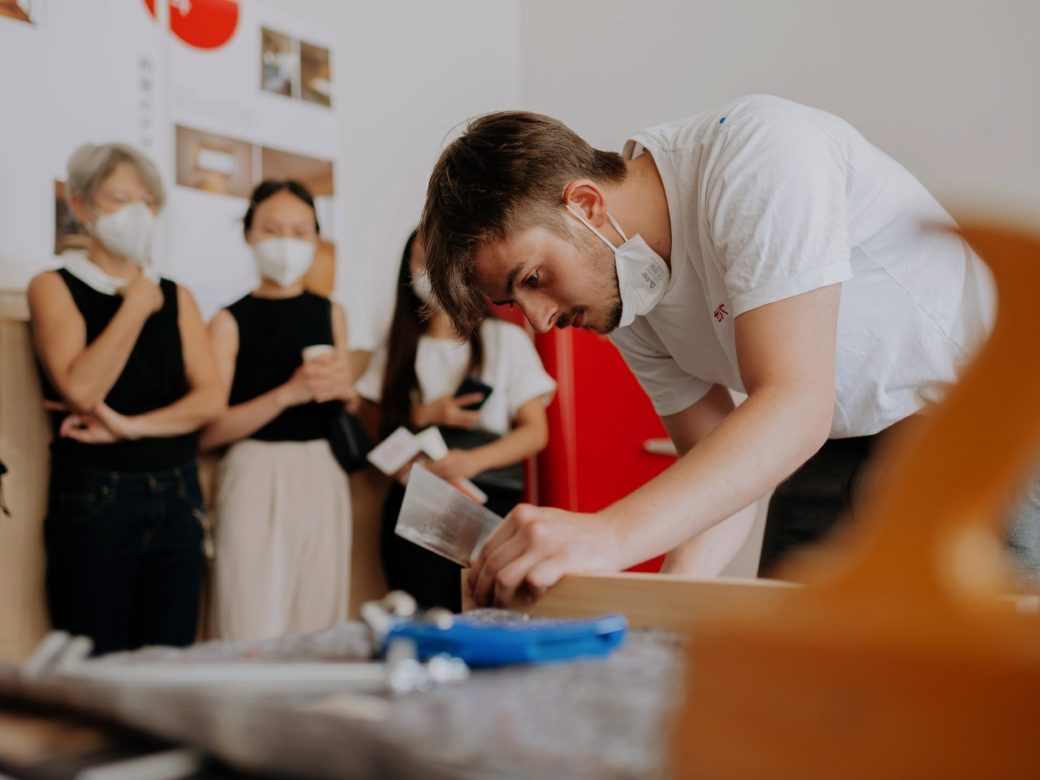
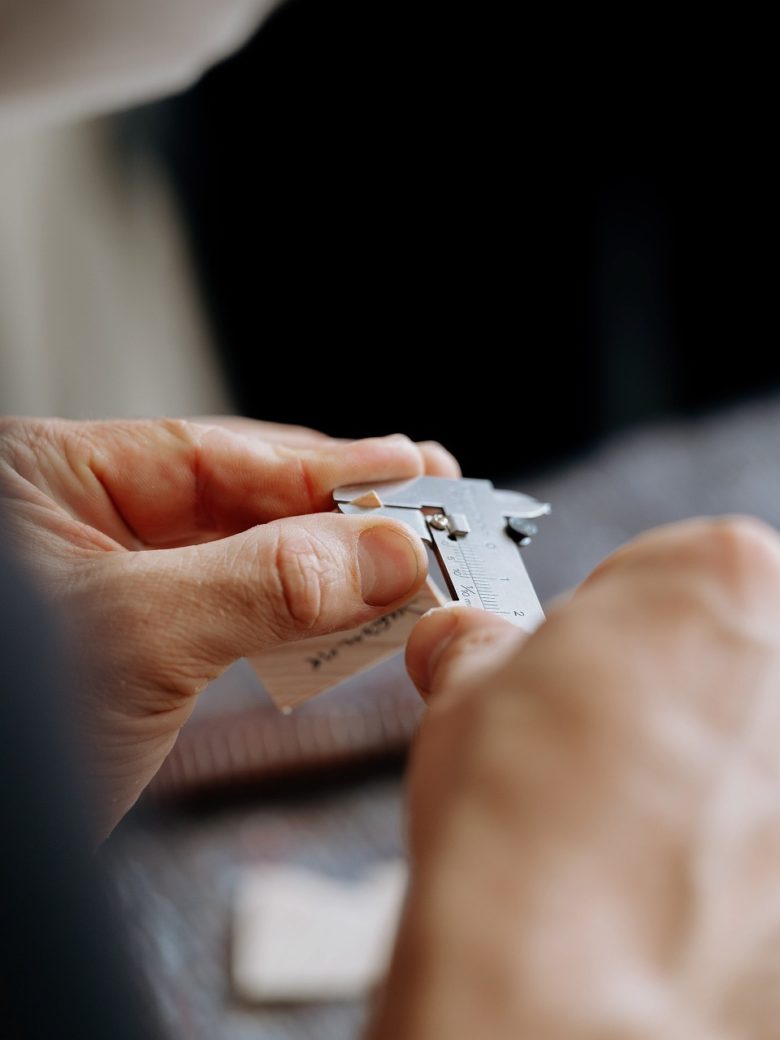
The second was a craftsmen’s workshop,where visitors competed to cut a thin piece of wood with a Japanese saw, led byGerman and Japanese wood workers. A lecture on how to use the “pull andcut” Japanese saw was given by connecting the venues in Japan and Berlin via Zoom. They competed for a few tenths of a millimetre with a Japanese saw that they had never touched before, and the winner was awarded a certificate.
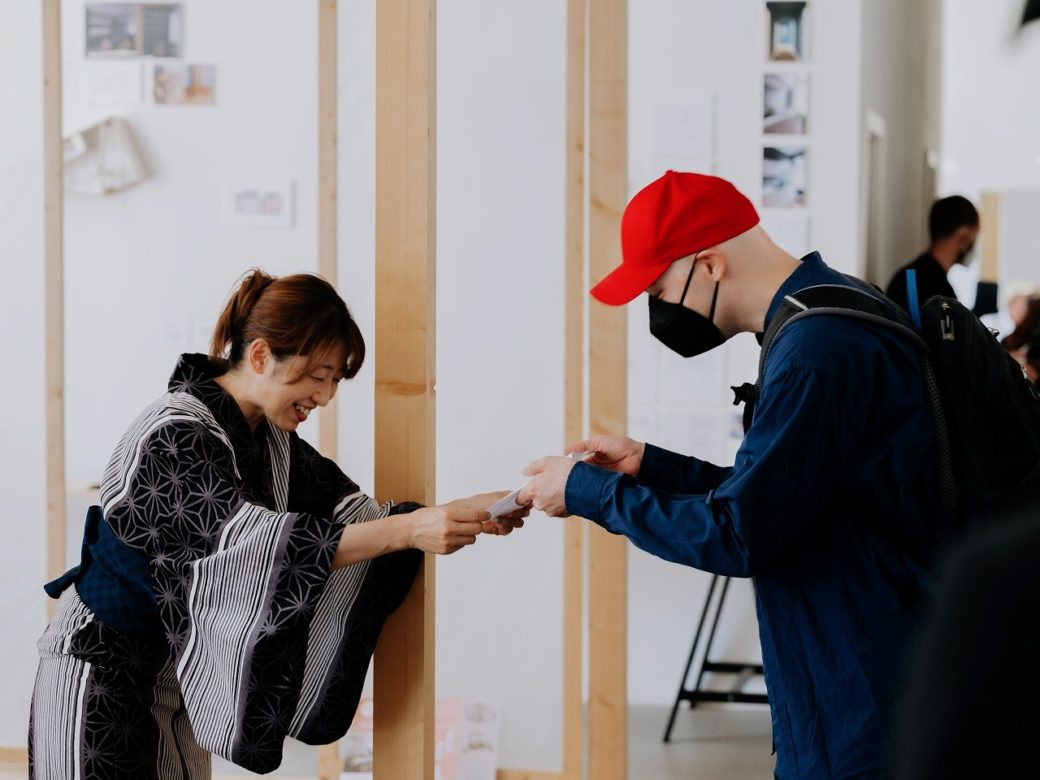
今回は日本の手道具、特に鋸の産地である三木のメーカー2社の上質手仕上げ鋸を数種とドイツのホームセンターなどでも流通し始めている使い捨て刃鋸の数種を持参しワークショップに使った。
展覧会後、これらの鋸は昨年出会ったベルリンでも指折りの木工職人さんに預けに行くと、今度は彼から長い間使ってきた日本の鋸を目立て修理してきてほしいと頼まれた。
これは「欧州チャレンジ」のテーマの一つ“日独職人Meets”実施の一歩となるかも。道具を介した日独ネットワークがこんなに早く実現するとは。兎に角メーカーさんと連絡を取りこの鋸を日本に持ち帰った。
For this workshop we brought a number ofhigh-quality hand-finished saws from two Japanese manufacturers of hand tools,especially saws from Miki, as well as a number of disposable blade saws, whichare beginning to be distributed in German home improvement stores.
After the exhibition, we gave the saws toone of the best woodworkers in Berlin, whom we met last year, and he asked us to refurbish the Japanese saws that he had been using for a long time. This wasone of the first steps of the “German-Japanese Craftsmen Meets”project, which was one of the “European Challenges”, to create a German-Japanese network through tools. We contacted the manufacturer andbrought it back.
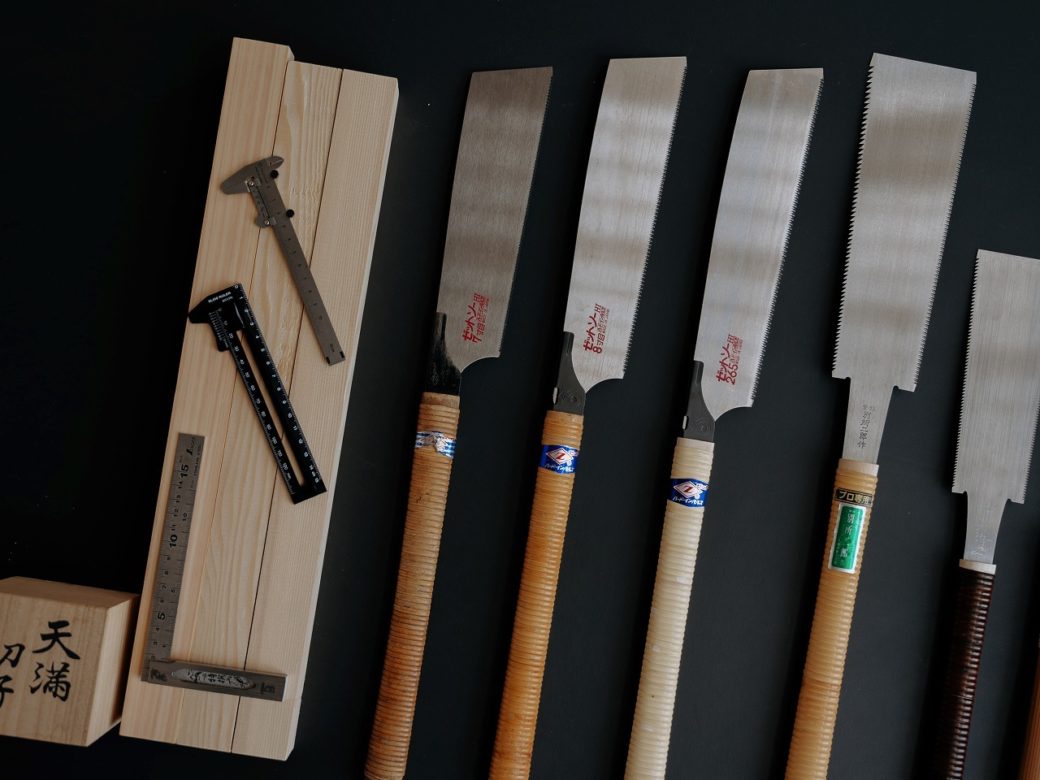
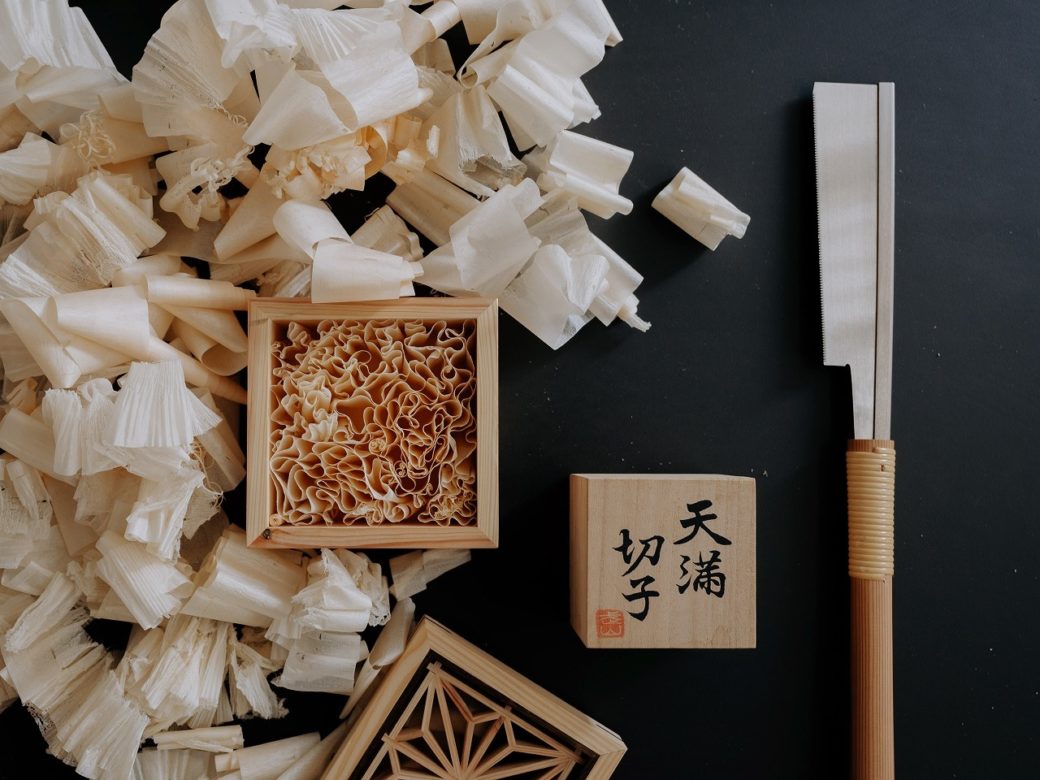
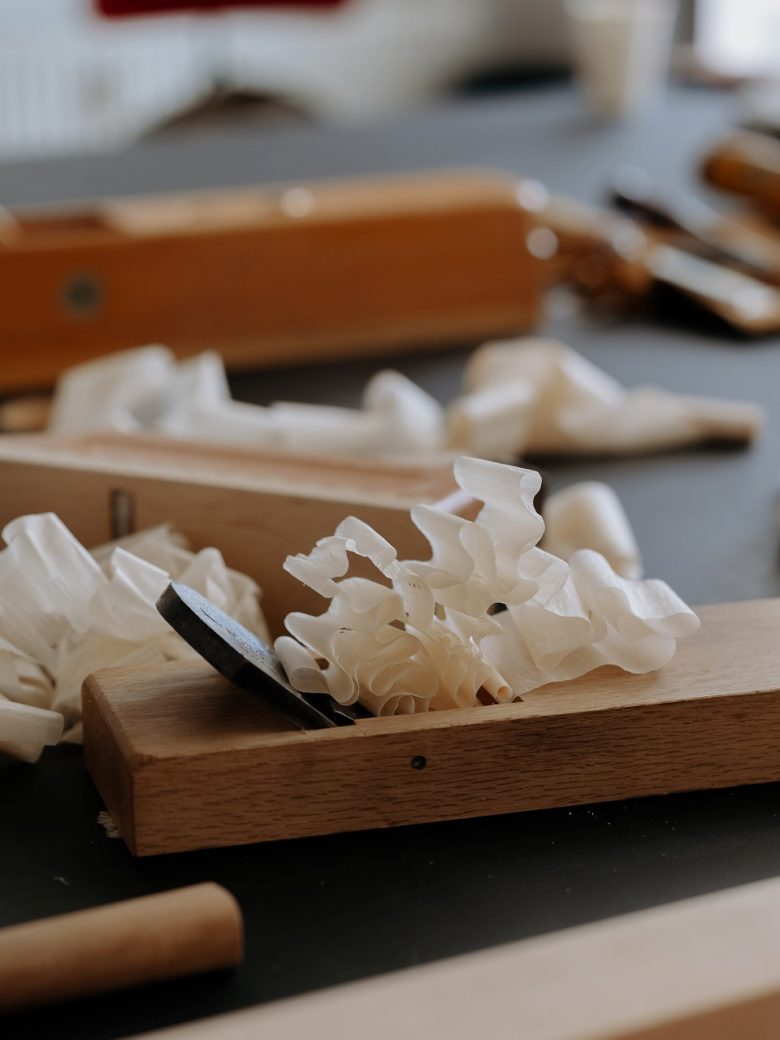
In addition to the workshops, theGerman-Japanese Craftsmen’s Toolbox was also a chance to see each other’s handtools. The difference in delicacy and dynamism of the tools was impressive.There were also some rare antique tools, which deepened the interest betweenthe craftsmen. We hope that small things like this will help to connect peopleand information and spread the word.
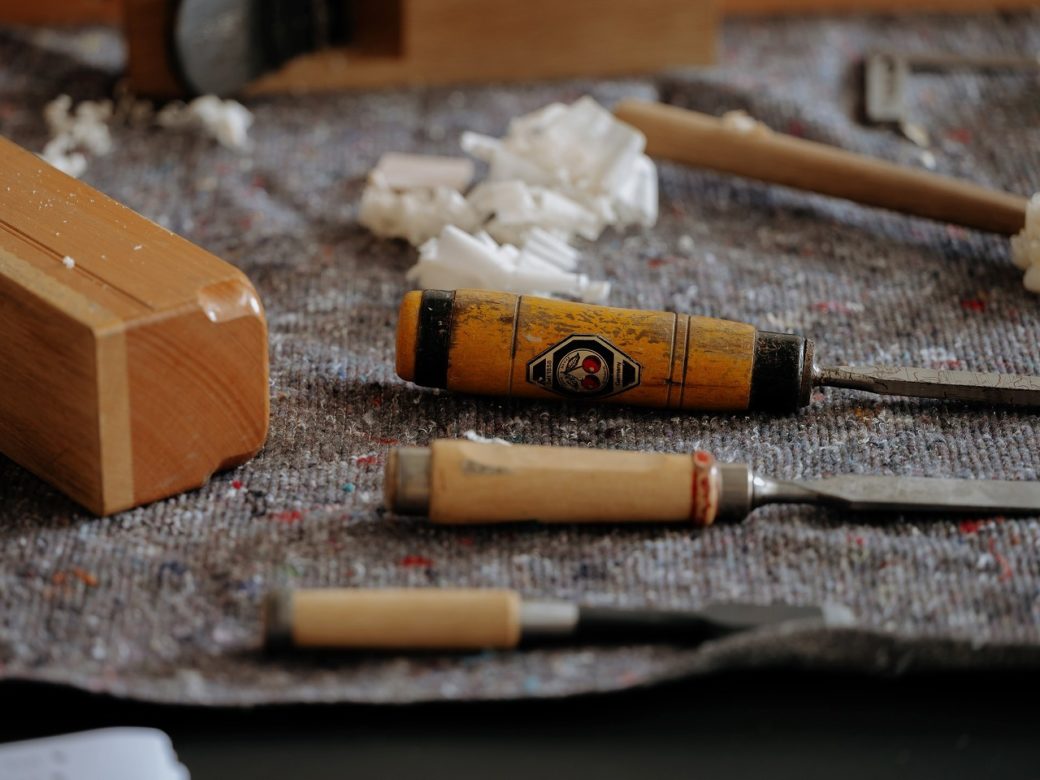
The third and most difficult task was the unveiling of the UTSUWA project. It was a pleasure to be able to present UTSUWA in the exhibition, the project we had worked so hard on during our two years in Germany. The two co-organisers of the exhibition, NOKU, wanted to show UTSUWA at the exhibition. It was a great idea, but personally I was under a lot of pressure: it was difficult to get together a group of people on a weekday to dismantle, transport and set up the small Berlin-born Japanese room (UTSUWA). As it turned out, the UTSUWA members were away from Berlin on business or on holiday, so there were only three of us, including myself. Despite this, the dismantling took only 20-30 minutes, thanks to the work of Justus, our production leader. Two members of NOKU joined us to set it up, and it was completed in less than an hour by five people without using any tools. We were able to set up easily, which made us wonder why we had worried so much the day before.
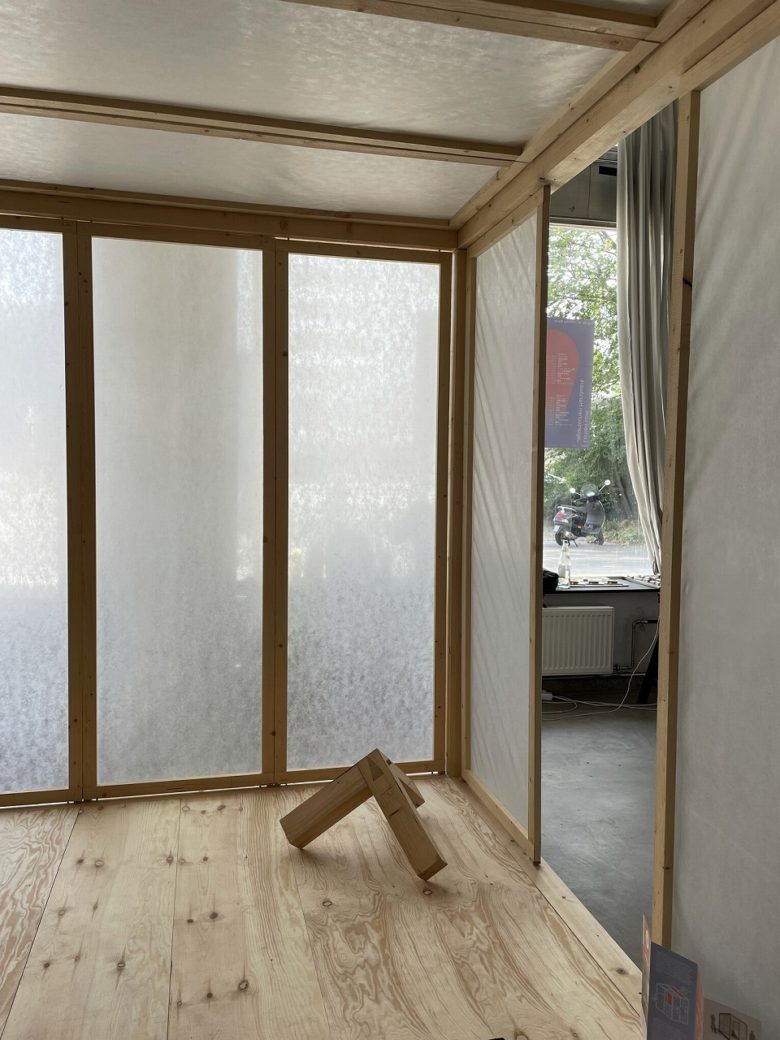
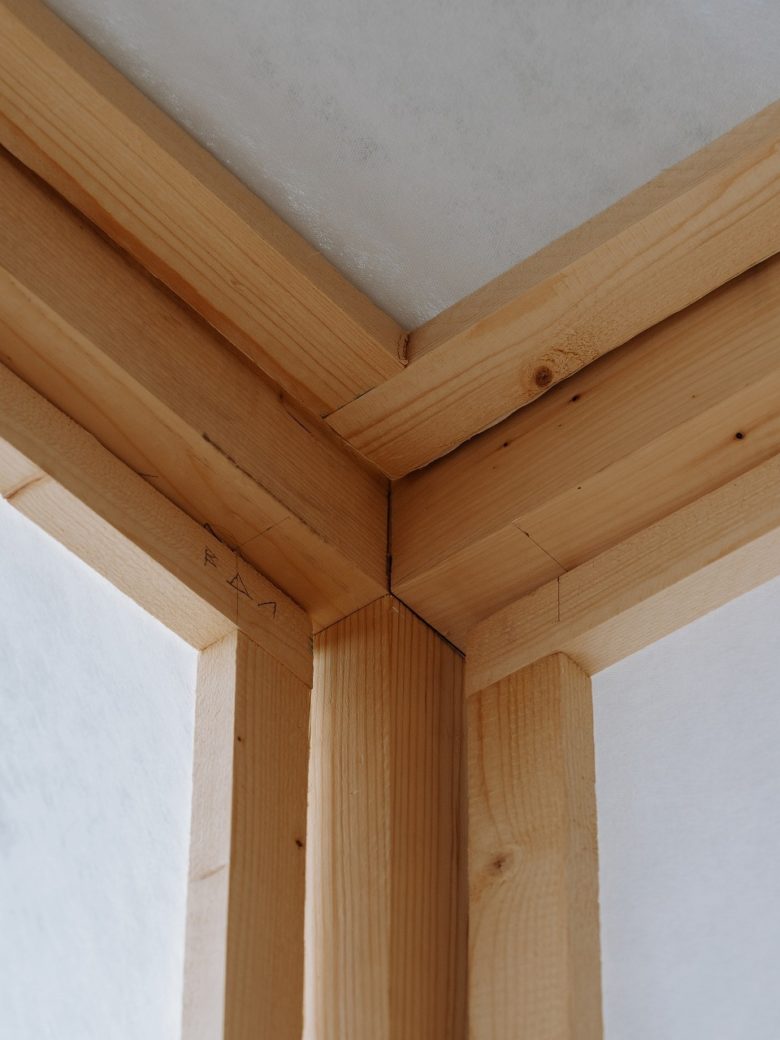
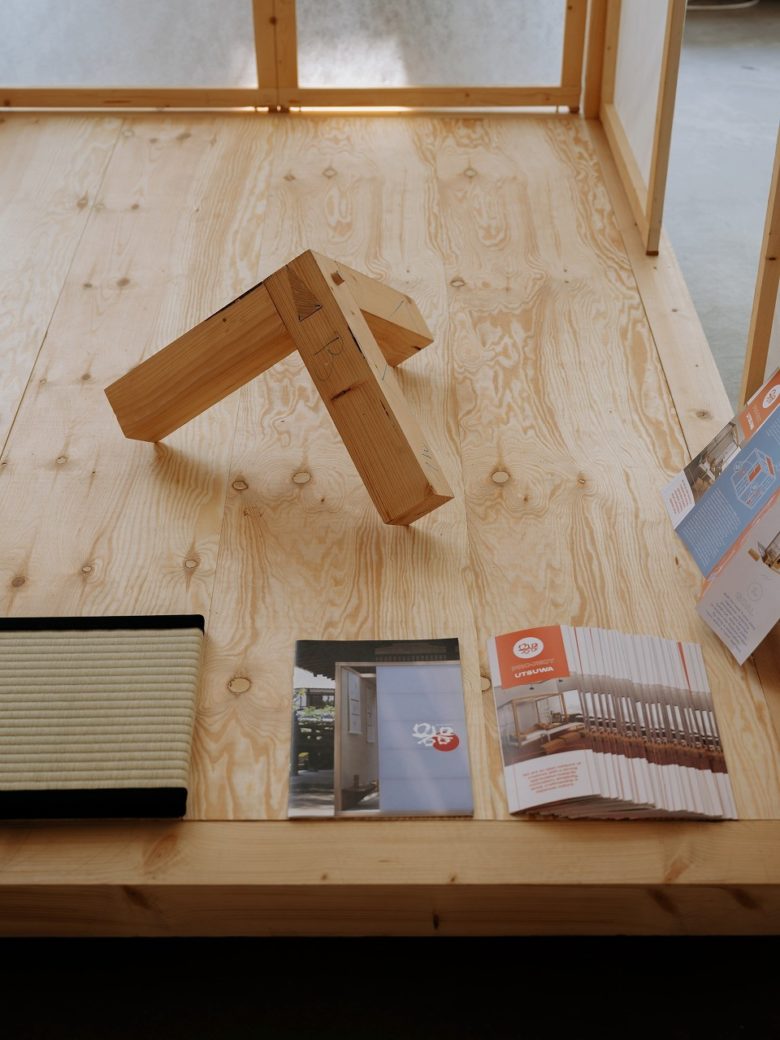
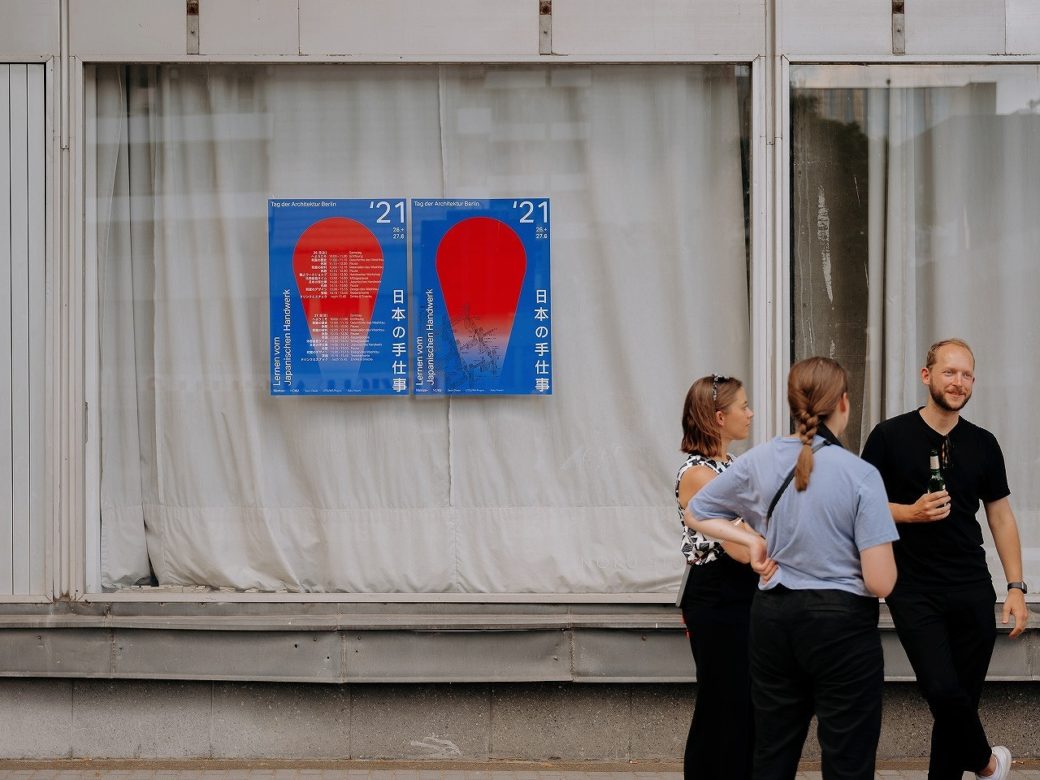
It was a pleasure to work with these two guys from NOKU.
To be able to have the exhibition in Mitte, Berlin.
The fact that we were able to hold the exhibition after months of online meetings in spite of the corona disaster.
For me, everything was a miracle once again.
In any case, this exhibition, which took place within a week of my return to Germany, has provided me with a lot of stimulation and learning, and my fantasies for the future have only grown. We would like to continue to deepen and expand the network we have built up over the past two and a half years by taking action little by little.
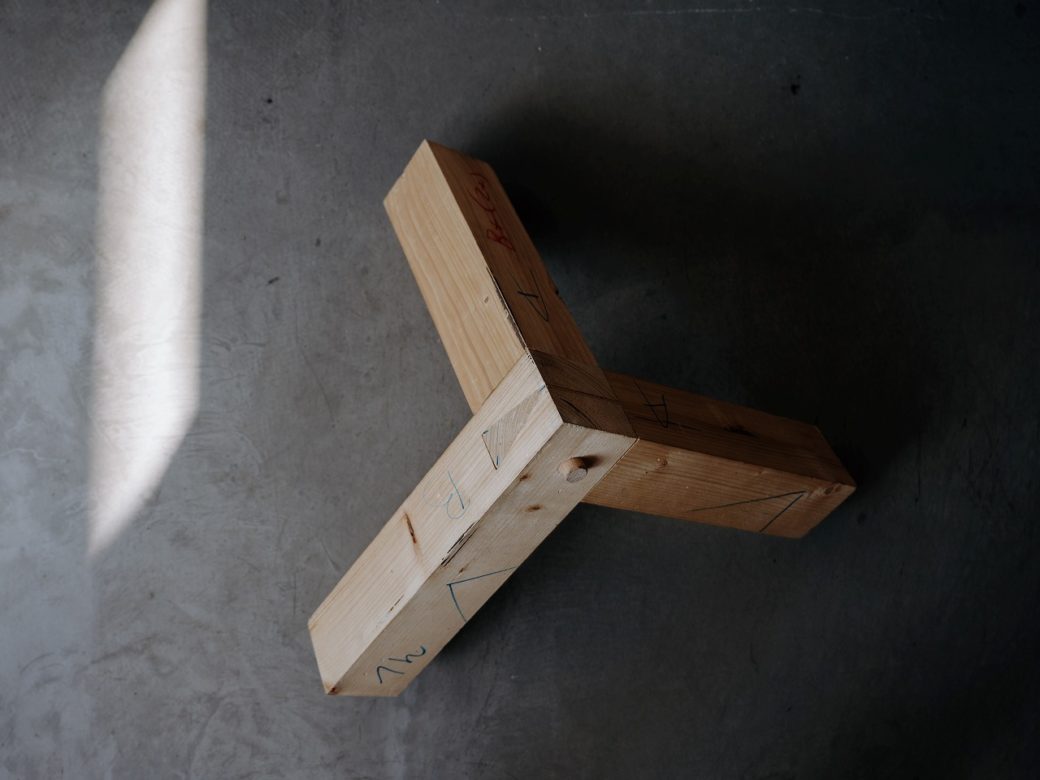
このUTSUWA01プロトタイプの仕口モックアップを見てふと、仕口(ドイツ語でverbindung=接続、連結、連携などの意味がある)はUTSUWAメンバーや日独職人交流の象徴で、まさに大切な“継ぎ手“だと感じた。
When I saw the mock-up of the UTSUWA01 prototype, I realized that the joint (verbindung in German means connection, linkage, cooperation, etc.) is a symbol of the UTSUWA members and the German-Japanese artisan exchange. It is a very important “joint”.
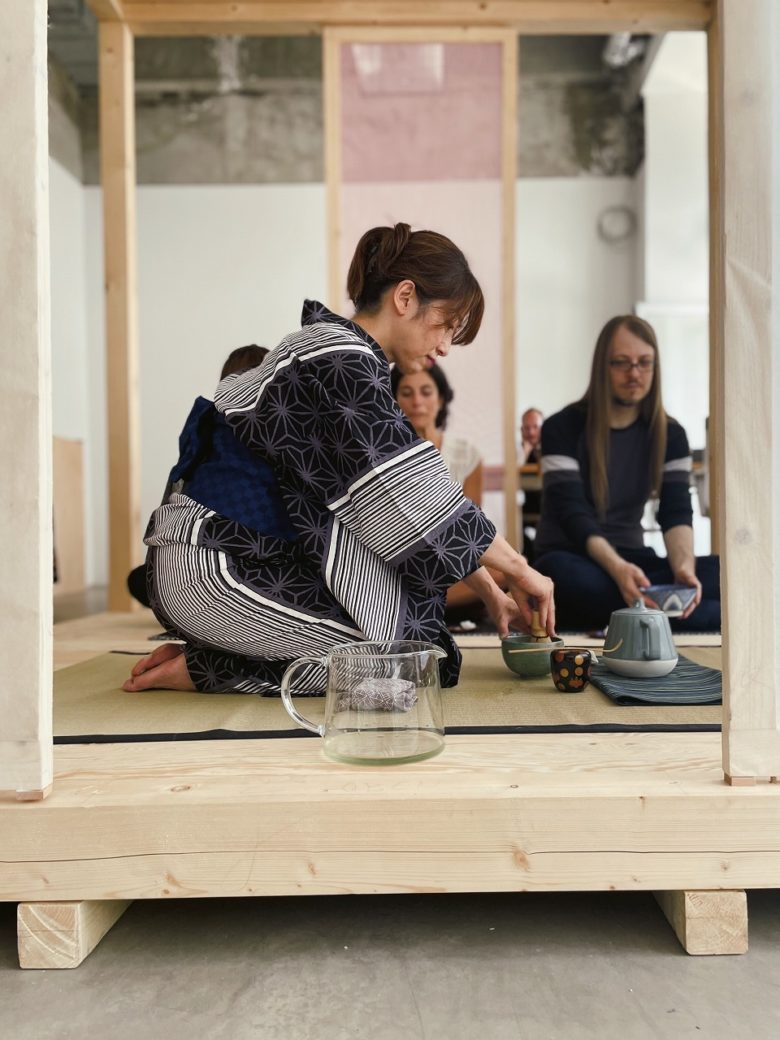
Rieko Uchida Morizo- Architectural Design Office Berlin & Osaka
【UTSUWA project】http://morizo-archi.com/utsuwa-project-start.htm
Organisers: NOKU STUDIO + 建築設計室Morizo-
http://morizo-archi.com/en/concept.html
Photo:David Frank
Instructor: Justus Kissner + Hisashi Kaku
https://www.instagram.com/woodandwaves/
https://www.instagram.com/kakuwoodwork/
Support: coordinates. + interiorsuenaga + des-s-art*spoon
Tool providers:Hishka Industry Co.+ Kanejun Ltd.
https://www.nokoya-hishika.com/
https://www.miki-japan.com/manufacturer/index/view/id/10/
Joint presentation:UTSUWA project
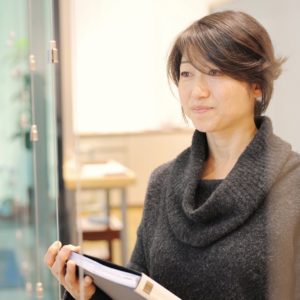
建築設計室Morizo-
これらを活かして、じわっと感じる心地よさを目指したデザインを目指します。
建築設計に携わりもうすぐ30年。次のステップに向けて只今ドイツで修行中。
建築設計室Morizo-
内田利惠子
http://morizo-archi.com/index.htm
